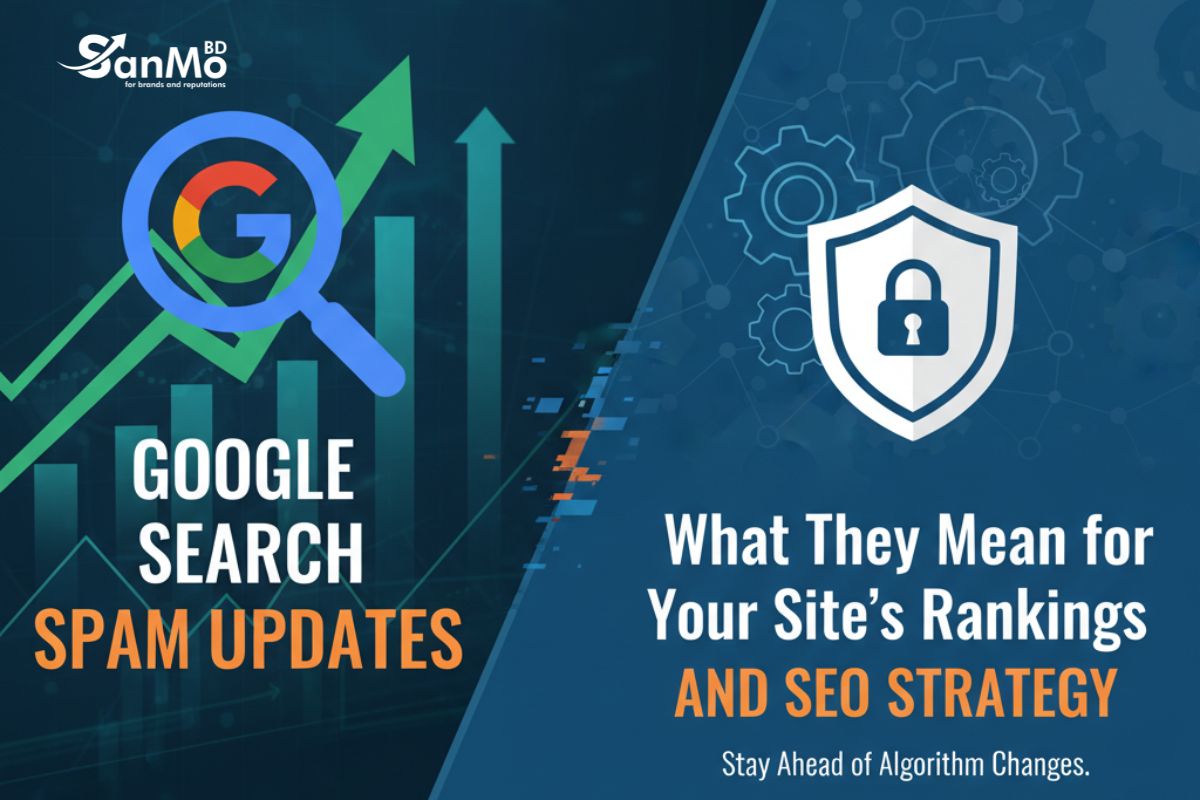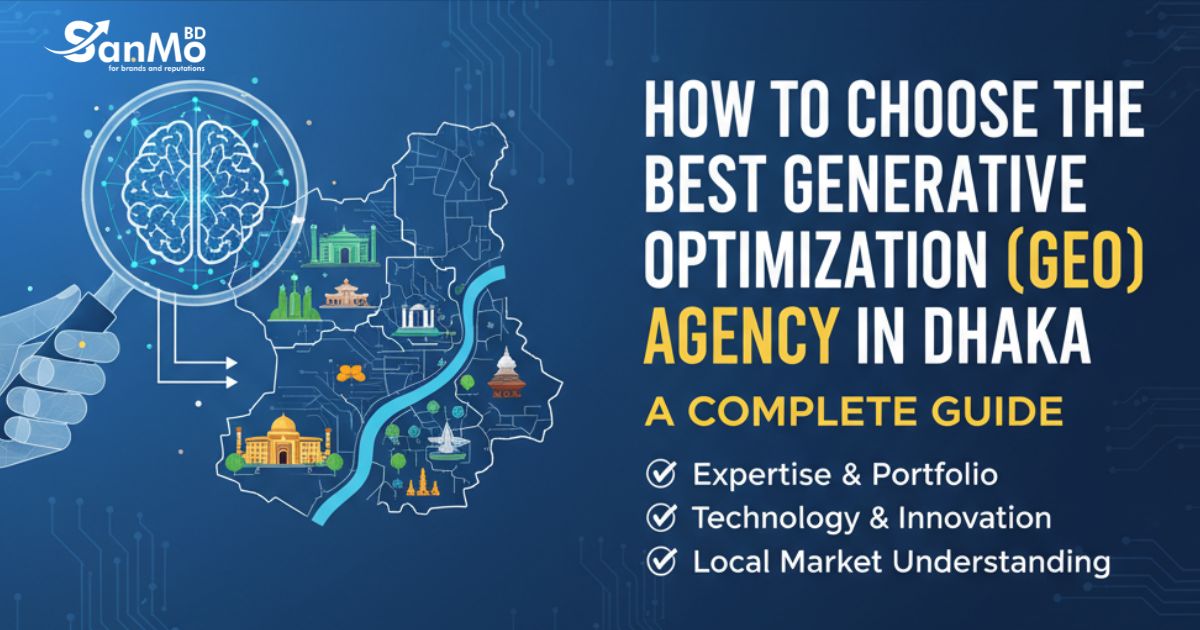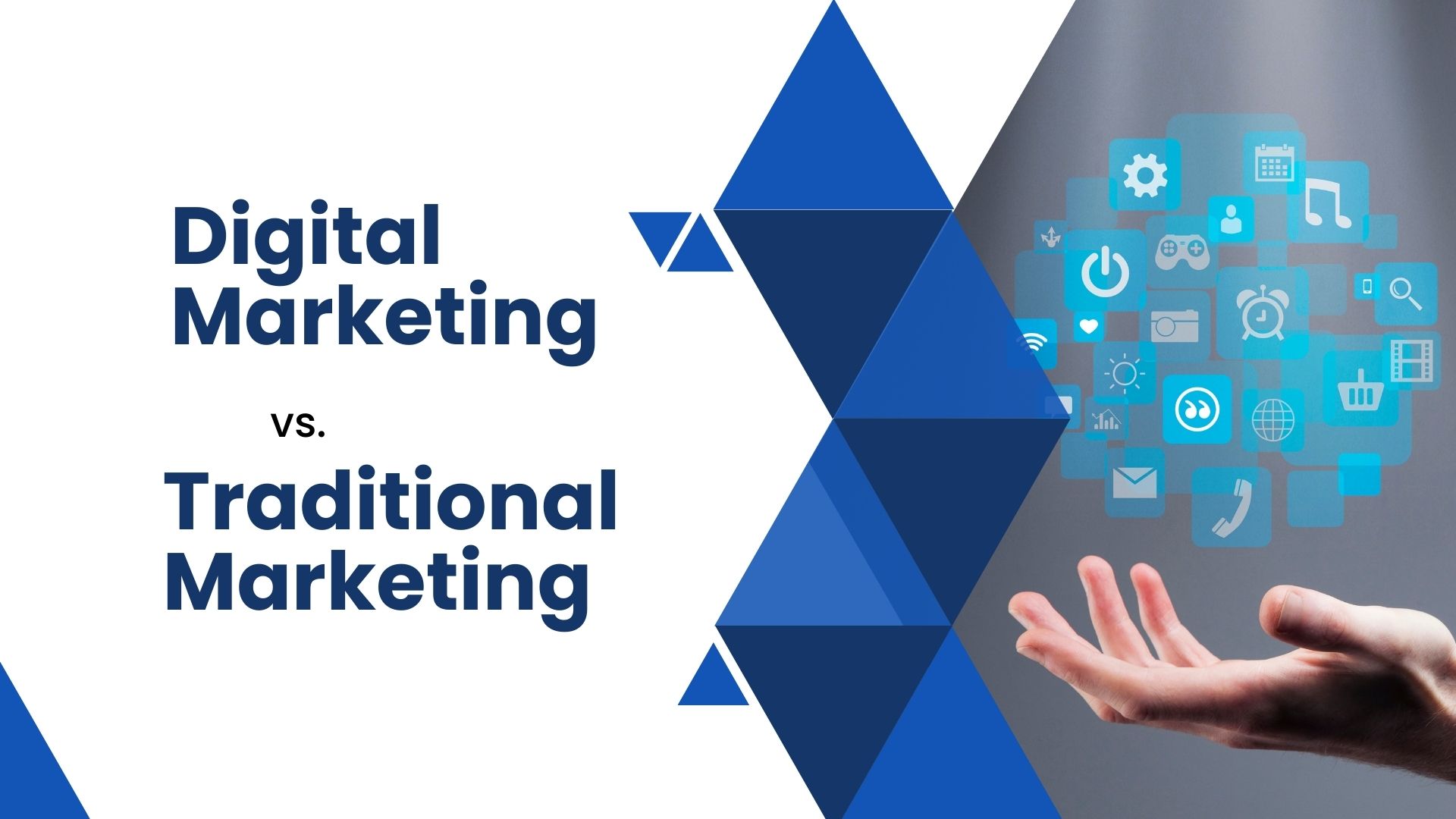Digital marketing has transformed from a nice-to-have into a business necessity. Companies that master the fundamentals of search engine optimization, branding, online reputation management, social media, and paid advertising create sustainable competitive advantages that drive long-term growth.
This comprehensive guide breaks down five core digital marketing disciplines that every business needs to understand. You’ll learn practical strategies for each area, discover how they work together, and walk away with actionable steps to strengthen your digital presence.
Search Engine Optimization: Your Foundation for Online Visibility

Search engine optimization (SEO) determines whether your target audience can find you when they need your products or services. This organic approach to digital marketing builds sustainable traffic that compounds over time.
Understanding SEO Basics
SEO involves optimizing your website and content to rank higher in search engine results pages (SERPs). When someone searches for keywords related to your business, you want your website to appear prominently in those results.
The three pillars of SEO include:
Technical SEO: This focuses on your website’s backend structure. Search engines need to crawl, index, and understand your site. Technical elements include site speed, mobile responsiveness, URL structure, and proper use of header tags.
On-Page SEO: This involves optimizing individual web pages for specific keywords. You’ll work on elements like title tags, meta descriptions, header tags, and content quality. Each page should target relevant keywords while providing genuine value to visitors.
Off-Page SEO: This encompasses activities outside your website that impact rankings. Link building remains the most important off-page factor. When reputable websites link to your content, search engines view this as a vote of confidence.
Implementing Your SEO Strategy
Start with keyword research to identify terms your target audience uses when searching for your products or services. Tools like Google Keyword Planner, SEMrush, or Ahrefs can help you discover relevant keywords with manageable competition levels.
Create high-quality content that addresses your audience’s questions and problems. Search engines prioritize content that provides comprehensive, accurate information. Focus on solving real problems rather than simply targeting keywords.
Optimize your website’s technical performance. Ensure fast loading times, mobile-friendly design, and clear navigation. These factors directly impact user experience and search rankings.
Build relationships with other websites in your industry. Guest posting, creating valuable resources that others want to link to, and participating in industry discussions can naturally generate the backlinks that boost your search rankings.
Branding: Creating a Memorable Identity That Resonates
Strong branding differentiates your business from competitors and builds emotional connections with your audience. Your brand encompasses everything from visual design to the tone of voice you use in communications.
Elements of Effective Branding
Visual Identity: Your logo, color palette, typography, and imagery should work together to create a cohesive visual system. These elements should reflect your brand’s personality and appeal to your target audience.
Brand Voice: This is how your brand “speaks” to your audience. Your voice might be professional and authoritative, friendly and approachable, or innovative and cutting-edge. Consistency in tone across all communications builds trust and recognition.
Brand Values: What does your company stand for? Your values should guide business decisions and resonate with your target audience’s beliefs. Authentic values create deeper connections than surface-level marketing messages.
Brand Positioning: This defines how you want to be perceived in the marketplace. Are you the premium option, the budget-friendly choice, or the innovative disruptor? Clear positioning helps customers understand where you fit in their options.
Building Your Brand Strategy
Research your target audience thoroughly. Understand their demographics, psychographics, pain points, and aspirations. Your brand should speak directly to these individuals and address their specific needs.
Analyze your competitors’ branding approaches. Identify gaps in the market where your brand can occupy a unique positioning. You don’t want to copy competitors, but understanding the landscape helps you find your distinct place.
Develop brand guidelines that document your visual identity, voice, and messaging. These guidelines ensure consistency across all marketing materials and communications. Share these guidelines with anyone who creates content for your brand.
Apply your branding consistently across all touchpoints. Your website, social media profiles, email communications, packaging, and customer service interactions should all reflect your brand identity. Inconsistency confuses customers and weakens brand recognition.
Online Reputation Management: Protecting Your Digital Image
Online reputation management (ORM) involves monitoring, influencing, and managing how your brand is perceived across digital channels. Your online reputation directly impacts customer trust, sales, and long-term success.
Components of Online Reputation Management
Review Management: Customer reviews on platforms like Google, Yelp, and industry-specific sites significantly influence purchasing decisions. Actively managing these reviews involves encouraging positive reviews and professionally responding to negative feedback.
Social Media Monitoring: Conversations about your brand happen across social media platforms. Monitoring these discussions allows you to address concerns quickly and engage with customers proactively.
Content Strategy: Creating positive content about your brand helps push down negative search results. When people search for your company name, you want the first page of results to showcase your best content.
Crisis Management: Negative events can quickly spiral into reputation crises. Having a plan for responding to negative publicity helps you manage these situations effectively.
Implementing ORM Strategies
Set up Google Alerts for your brand name, key products, and important executives. These alerts notify you when your brand is mentioned online, allowing you to respond quickly to both positive and negative mentions.
Encourage satisfied customers to leave reviews on relevant platforms. Make the process easy by providing direct links to review platforms and following up with customers after positive experiences.
Respond to all reviews, both positive and negative. Thank customers for positive reviews and address concerns raised in negative reviews professionally. Your responses show that you value customer feedback and are committed to improvement.
Create valuable content that showcases your expertise and positive brand attributes. Blog posts, case studies, testimonials, and thought leadership content help establish your authority and push positive content higher in search results.
Social Media Marketing: Building Communities and Driving Engagement
Social media marketing involves using social platforms to build relationships, increase brand awareness, and drive business results. Each platform serves different purposes and requires tailored strategies.
Platform-Specific Strategies
Facebook: With its broad user base and sophisticated advertising options, Facebook works well for community building and targeted advertising. Use Facebook to share company updates, engage with customers, and run targeted ad campaigns.
Instagram: This visual platform excels at showcasing products and building brand personality. Use high-quality images and videos to tell your brand story and connect with younger demographics.
LinkedIn: The professional networking platform is ideal for B2B marketing, thought leadership, and professional relationship building. Share industry insights and connect with potential business partners.
Twitter: Real-time conversations and news sharing make Twitter valuable for customer service, industry engagement, and timely content sharing. Use Twitter to participate in industry discussions and provide quick customer support.
Developing Your Social Media Strategy
Choose platforms where your target audience is most active. You don’t need to be on every platform—focus your efforts on the channels that will generate the best results for your business.
Create a content calendar that balances promotional content with valuable, educational, and entertaining posts. The 80/20 rule suggests that 80% of your content should provide value to your audience, while 20% can be promotional.
Engage authentically with your audience. Respond to comments, participate in conversations, and share user-generated content. Social media is about building relationships, not just broadcasting messages.
Use social media analytics to track performance and refine your strategy. Monitor engagement rates, reach, and conversion metrics to understand what content resonates with your audience.
Paid Advertising: Accelerating Growth Through Strategic Investment
Paid advertising provides immediate visibility and measurable results when implemented correctly. Various advertising platforms offer different targeting options and ad formats to reach your ideal customers.
Types of Paid Advertising
Search Engine Marketing (SEM): Google Ads and Bing Ads place your advertisements in search results when people search for relevant keywords. These ads can drive highly targeted traffic to your website.
Social Media Advertising: Facebook, Instagram, LinkedIn, and Twitter offer sophisticated targeting options based on demographics, interests, behaviors, and custom audiences. These platforms excel at building brand awareness and generating leads.
Display Advertising: Banner ads on websites and mobile apps can build brand awareness and retarget visitors who have previously interacted with your brand.
Video Advertising: YouTube ads and video ads on social platforms can effectively communicate complex messages and build emotional connections with your audience.
Creating Effective Paid Advertising Campaigns
Define clear objectives for each campaign. Are you trying to increase brand awareness, generate leads, drive sales, or retarget previous visitors? Your objectives will determine your targeting, ad formats, and success metrics.
Research your target audience thoroughly. Use demographic data, interest targeting, and custom audiences to reach the people most likely to be interested in your products or services.
Create compelling ad creative that stands out in crowded feeds. Use high-quality images or videos, write compelling headlines, and include clear calls-to-action that guide users toward your desired action.
Test different ad variations to optimize performance. A/B testing different headlines, images, and targeting options helps you identify the most effective combinations.
Monitor and optimize your campaigns regularly. Paid advertising requires ongoing attention to maximize return on investment. Adjust budgets, pause underperforming ads, and scale successful campaigns.
Integrating Your Digital Marketing Efforts
These five digital marketing disciplines work most effectively when integrated into a cohesive strategy. SEO content can be repurposed for social media, social media engagement can improve brand reputation, and paid advertising can amplify your best organic content.
Create a unified brand experience across all channels. Your SEO-optimized blog posts should reflect the same brand voice as your social media posts and paid advertisements. Consistency builds trust and recognition.
Use data from one channel to inform strategies in others. If certain topics perform well in paid advertising, create organic content around those topics. If specific keywords drive traffic through SEO, incorporate them into your social media strategy.
Develop integrated campaigns that leverage multiple channels simultaneously. Launch new products with coordinated SEO content, social media campaigns, and paid advertising to maximize reach and impact.
Taking Action: Your Next Steps in Digital Marketing

Digital marketing success requires consistent effort across multiple channels. Start by assessing your current performance in each area and identifying the biggest opportunities for improvement.
Begin with SEO and branding as your foundation. These elements take time to develop but provide long-term benefits. Once you have solid foundations, expand into social media marketing and paid advertising to accelerate growth.
Invest in tools and education to stay current with digital marketing trends. The digital landscape evolves rapidly, and successful marketers continuously learn and adapt their strategies.
Consider working with digital marketing professionals who can provide expertise and handle execution while you focus on running your business. Whether you hire in-house team members or work with external agencies, having skilled practitioners implementing your strategies will improve your results.
Remember that digital marketing is a marathon, not a sprint. Focus on building sustainable systems that will drive long-term growth rather than seeking quick fixes. The businesses that commit to consistent, strategic digital marketing efforts are the ones that achieve lasting success.






